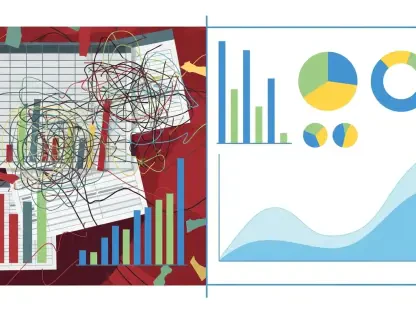In a remarkable turn of events, Northwest Missouri State University (NWMSU) has decided to dissolve its Office of Diversity and Inclusion (ODI), opting to prioritize a more generalized approach to student achievement. This decision is emblematic of a larger nationwide trend where many academic institutions are reassessing or even eliminating their diversity, equity, and inclusion (DEI) programs. University President Lance Tatum announced the change in an email to faculty on February 3, 2025, yet he did not elucidate the specifics of the new model to be adopted. This shift at NWMSU resonates with a broader national sentiment gaining momentum against DEI initiatives, heavily influenced by political actions such as President Trump’s executive order on his first day in office. This controversial order aimed to place federal DEI staff on paid leave, gradually eliminate their positions, and discontinue government funding for DEI programs.
Legislative Influences and Institutional Responses
This dissolution of ODI at NWMSU highlights significant legislative influences and institutional responses shaping the current landscape of diversity programs in educational settings. Unlike many DEI initiatives nationwide, the ODI at NWMSU was not funded by state or federal budget allocations but rather through a specific student fee added to tuition. The funding model, however, did not shield the program from broader legislative and executive pressures. In April 2023, Missouri legislators explicitly banned the use of the state budget to fund diversity programs, further exemplifying the state’s stance against DEI efforts. Additionally, the Supreme Court ruling restricting universities from using race as an admission criterion has had a substantial impact on the functioning and perception of diversity programs. These legislative actions have not only affected NWMSU but also prompted similar decisions at other institutions within the state.
Notably, Missouri State University (MSU) also took decisive action by dissolving its DEI programs on January 29, 2025, in compliance with state funding expectations. Given that 38% of MSU’s budget is sourced from state funds, University President Richard B. Williams underscored the importance of aligning with state leadership’s directives to ensure the institution’s continuity and quality of education. However, unlike NWMSU, MSU’s decision fueled significant student protests, reflecting the program’s importance to many within the campus community. The reactions from students at MSU underline the complex dynamics and emotional implications intertwined with the cessation of DEI initiatives, showcasing varying perspectives and priorities within academic institutions.
Varied Responses Within Educational Landscape
Unlike NWMSU and MSU, Drury University has decided to continue its Diversity, Equity, and Inclusion (DEI) programs. Drury’s administration has stated it will adhere to both state and federal regulations but has no plans to dismantle its DEI efforts or modify related staffing. This position highlights a different approach among regional universities, showing how some are managing legislative environments without immediate changes to their DEI policies. This variance echoes the broader national debate and the diverse responses institutions have to political and legislative pressures.
NWMSU’s Office of Diversity and Inclusion (ODI) webpage is still active, emphasizing its mission to promote academic success and inclusive excellence through various strategies. This enduring presence signals a commitment to the values of the ODI, despite the office’s official closure. The webpage’s availability reflects the university’s past dedication to creating an inclusive campus and raises questions about how the new model will uphold these principles.
The broader ramifications of NWMSU’s decision are part of a larger narrative academic institutions face as they navigate political and social changes surrounding DEI efforts. Nearby schools’ responses range from adhering to state mandates to unwavering support for DEI, showcasing the challenges universities encounter. As they strive to balance these pressures, the future of DEI programs remains uncertain, pushing universities to innovate ways to support diversity and inclusion within new legislative constraints.









